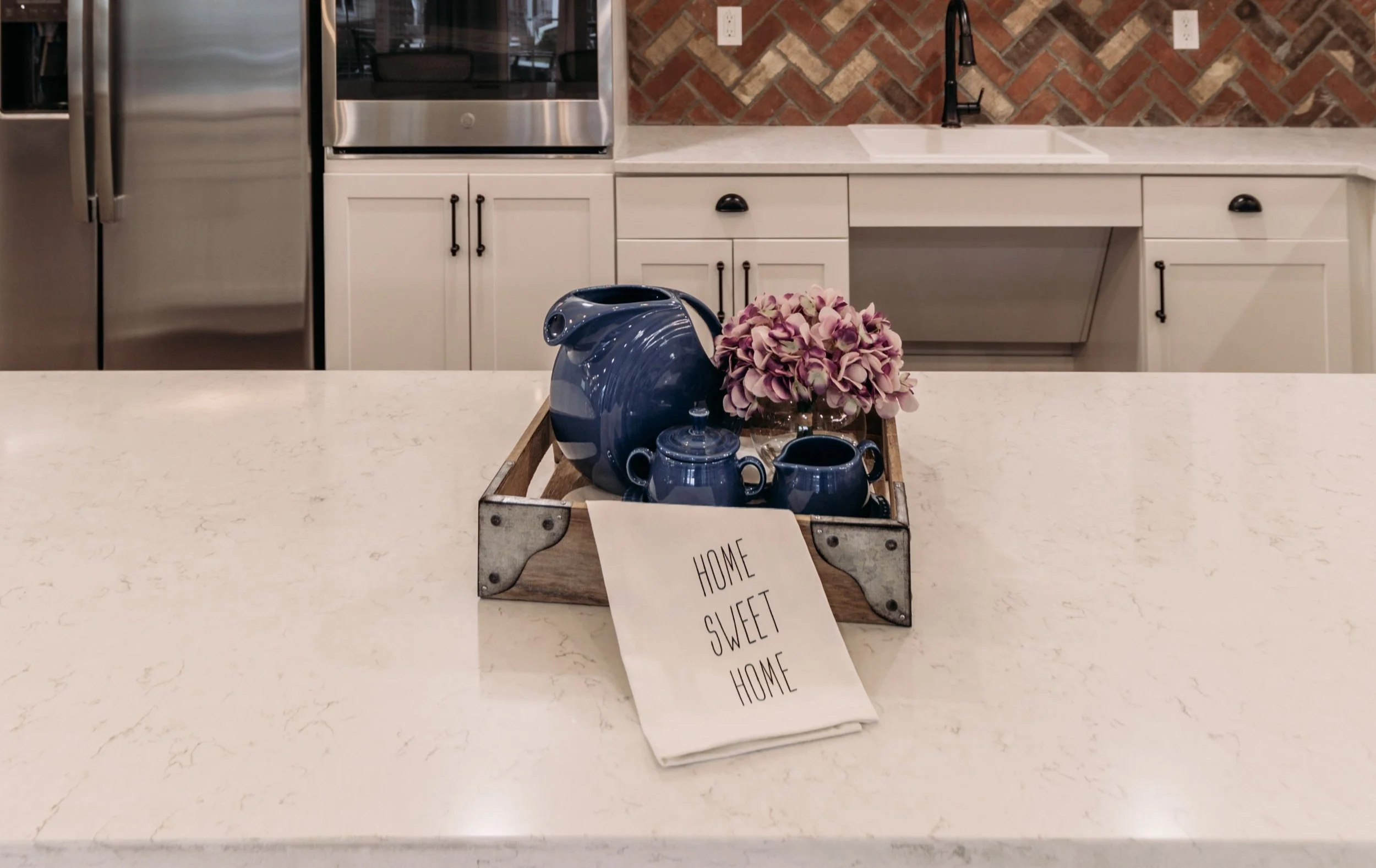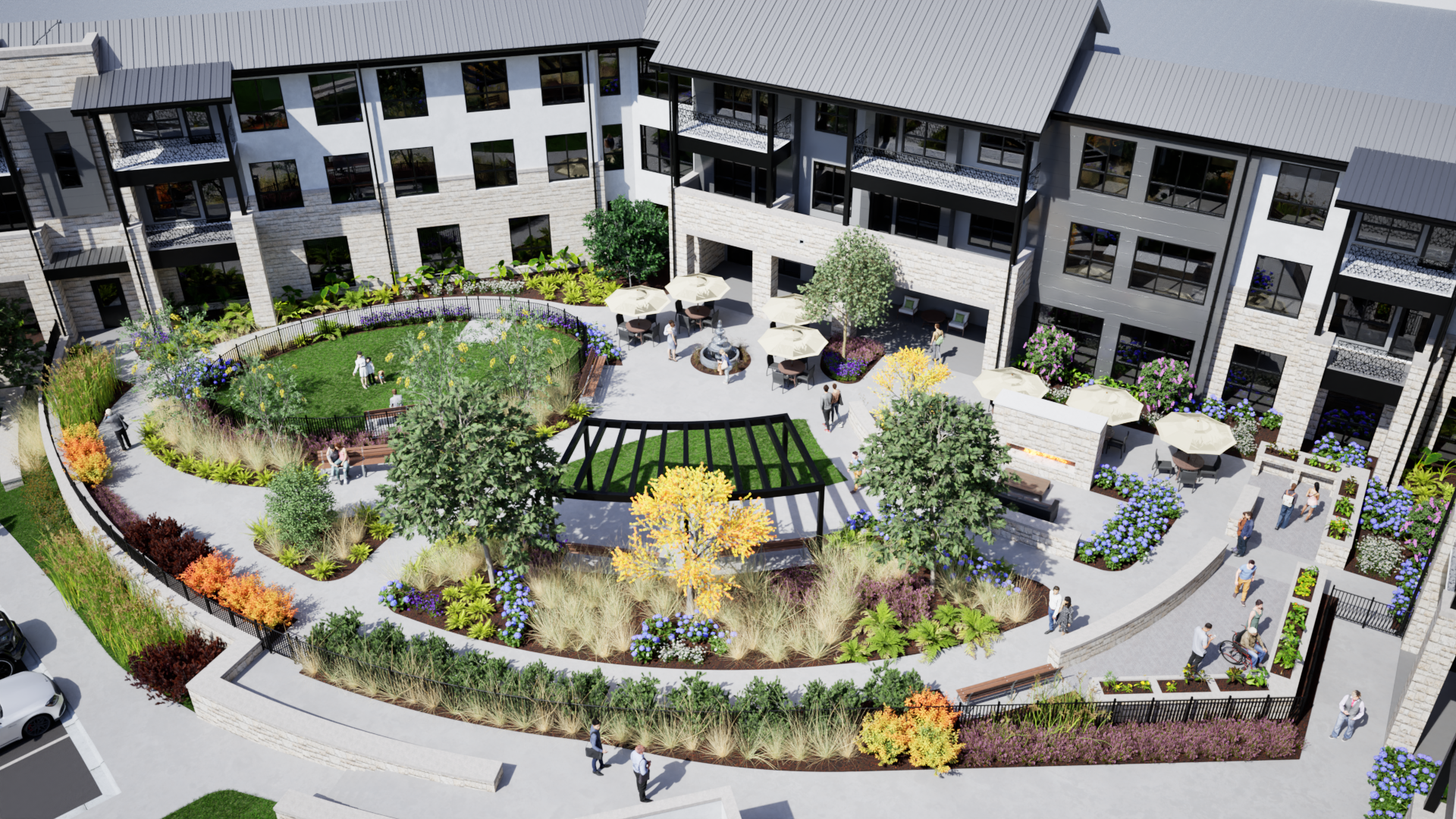Cost-Effective Construction Doesn’t Mean Sacrificing Quality, Appeal
Everyone is watching their budget these days, but building an appealing, safe senior living community doesn’t have to break the bank.
The aging of the Baby Boomer generation, which is currently estimated at 73 million people and growing, has made many in the senior housing industry optimistic about a booming future. However, recent events – marked by the COVID-19 pandemic and subsequent economic downturn – have made some less optimistic and most more cautious. Nonetheless, there is still a need for senior housing; and, in fact, the pandemic has made many seniors and their families see senior living communities as places of safety, comfort, health, and wellness.
Moving forward, owners, operators, and builders will be looking at ways to manage construction costs without negatively impacting quality. This involves several considerations.
Among them:
Start with open communication and transparency with your architecture, design, engineering, and building partners. If you begin with a solid, detailed, mutually understood plan, you are more likely to save money in the construction process. Cost-effectiveness in architectural design ultimately will help ensure that you end up with a building/community that has the features you need within your budget. A contingency for projects should be set high at the start, but it can be adjusted as the project gets going.
When selecting a site, study the impact of variables such as project accessibility, availability of local utilities, existing soil conditions, and trees and topography.
General economic conditions effect material and labor costs and vary seasonally. Consider different scenarios and how they might affect costs.
Don’t be over-dazzled by technology. Some technological advances, such LED lighting offers higher quality lighting with dimming capabilities and color variations. However, new or more high-tech doesn’t necessarily mean better. Proven and time-tested equipment can be more reliable and available at a lower cost.
Simplicity saves. Complexity increases costs. Simple, basic floorplans, without twists/turns, multiple corners, and elaborate features will keep the building costs down. Realize that even small details, such as crown molding or multiple wood casings around windows, can increase costs. Remember that simple design doesn’t mean lesser quality or appeal.
Open floor plans are both airy and cost-effective. Because there are fewer walls, there is less material and labor required; and this reduces costs.
Focus on cost-effective building materials. These include prefabricated panels, concrete sheets, manufactured stone cladding, reclaimed timber, corrugated metal sheets, industrial iron and steel, traditional brick, and glass.
Understand risks. Know the builder’s risk and property insurance policies. For instance, many senior living facilities are constructed with wood-frame type products, which saves costs but isn’t viewed favorably by insurance underwriting companies.
Weigh the benefits of using energy-efficient building materials. These include insulating concrete forms, plant-based polyurethane rigid foam, structural insulated panels, recycled wood/plastic composite lumber, and low-E (emissivity) windows.
Study the pros and cons of smaller units. Designing with less square footage is one way to reduces building costs, but you have to consider if you will be able to sell these smaller units.
Don’t build what you don’t need. The best initial and long-term savings occurs when space can be eliminated from your program. Consider shared spaces or flexible multi-use spaces to consolidate buildable area.
Costs fluctuate, so it is important to keep your finger on the pulse of the industry. Many factors impact construction expenses, such as labor availability. When there is a shortage of skilled laborers seeking construction jobs, this can escalate costs. In a “normal” economy. There might be four or more bids for a trade package; in a busy market, that number may drop to one or two.
At Pi, we’re committed to helping senior living communities balance cost-effectiveness with equality and appeal. Have questions? Call us at (512)231-1910 or contact us here to talk more about your needs.

















